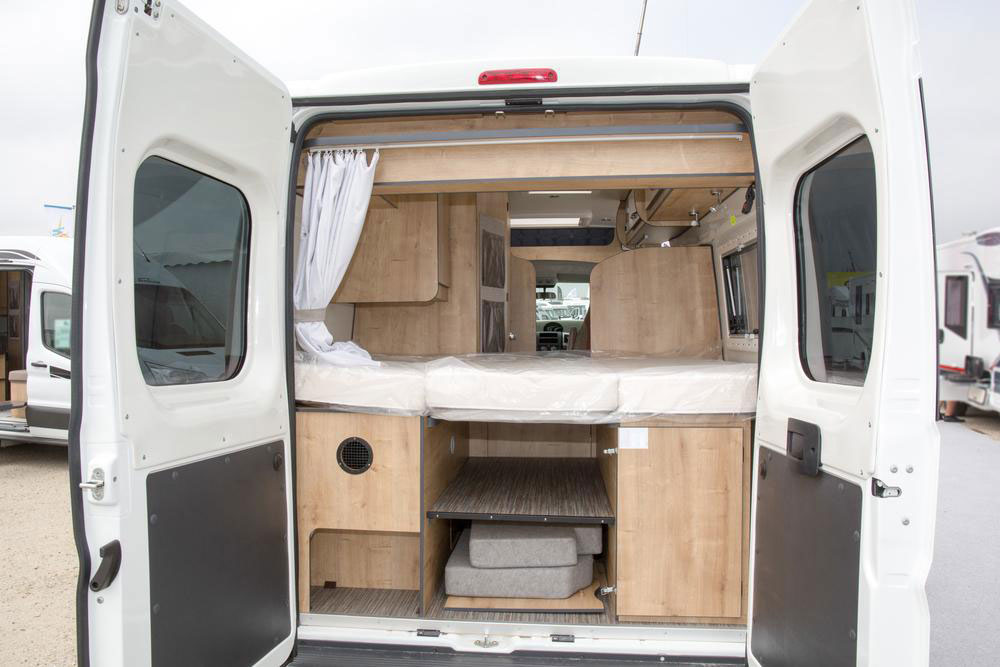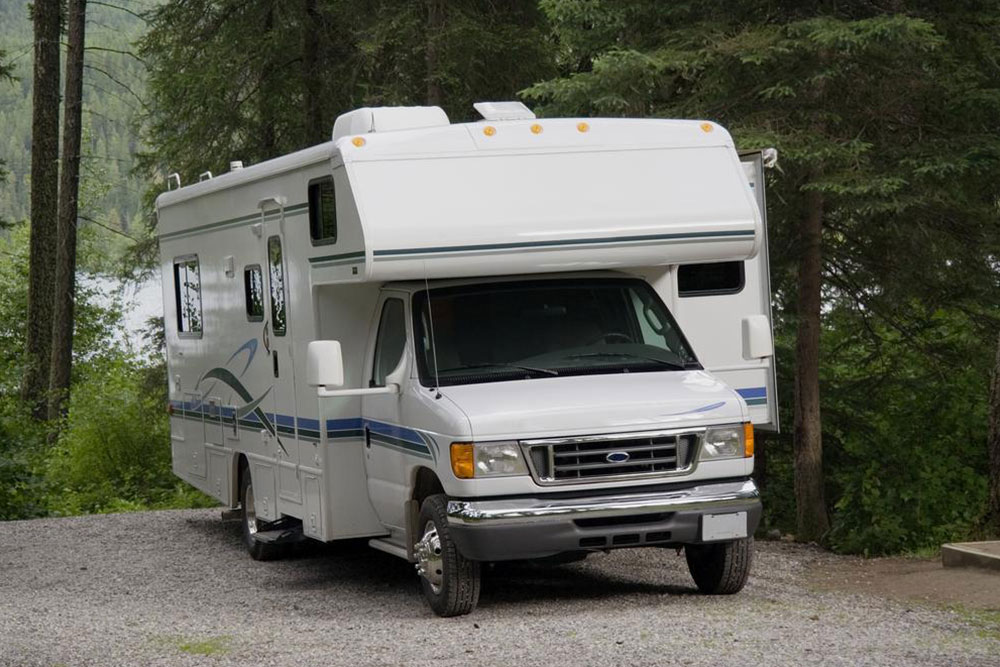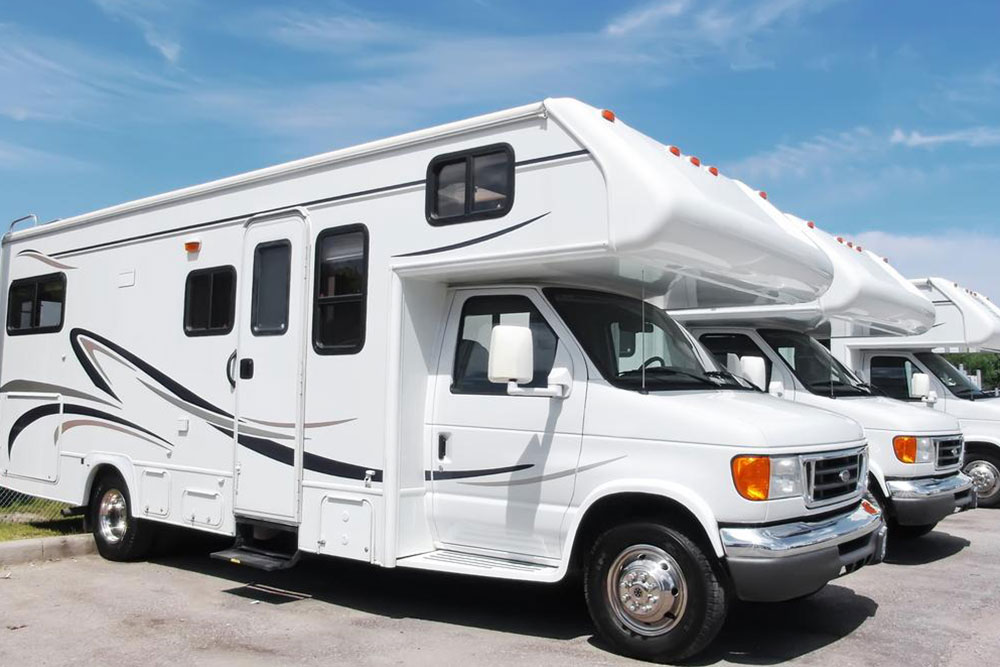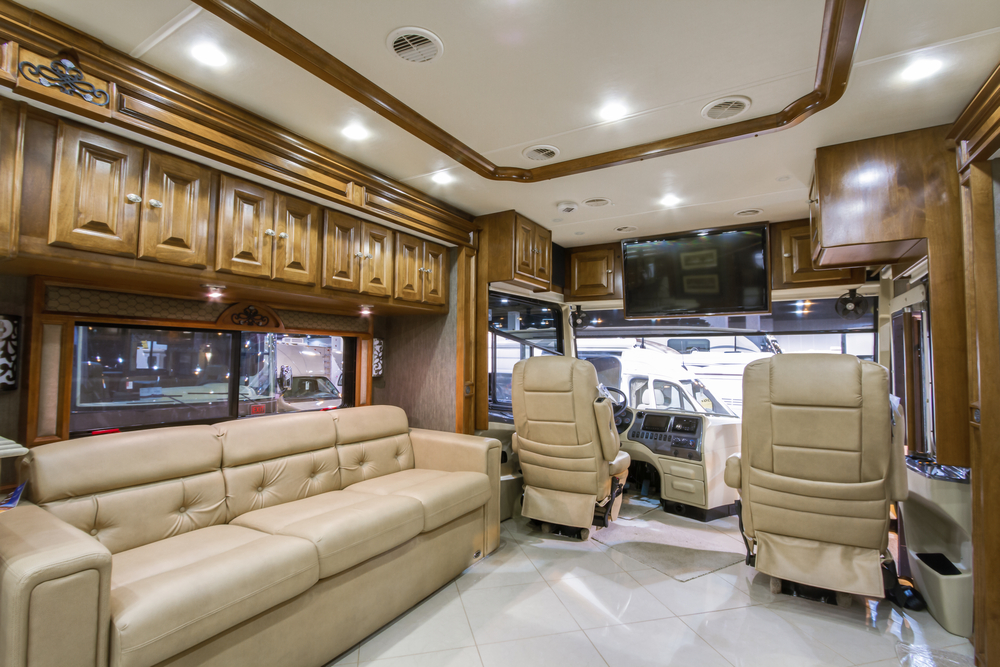Ultimate Guide to On-Premises RV Expenses Across the United States
Explore a comprehensive guide on the costs associated with on-premises RV ownership in the U.S. From initial purchase prices to ongoing expenses like lot rent, utilities, and insurance, this article provides detailed insights to help you make informed financial decisions. Understand regional variations, types of RVs, and tips for budgeting effectively for a mobile lifestyle or vacation home across the United States.
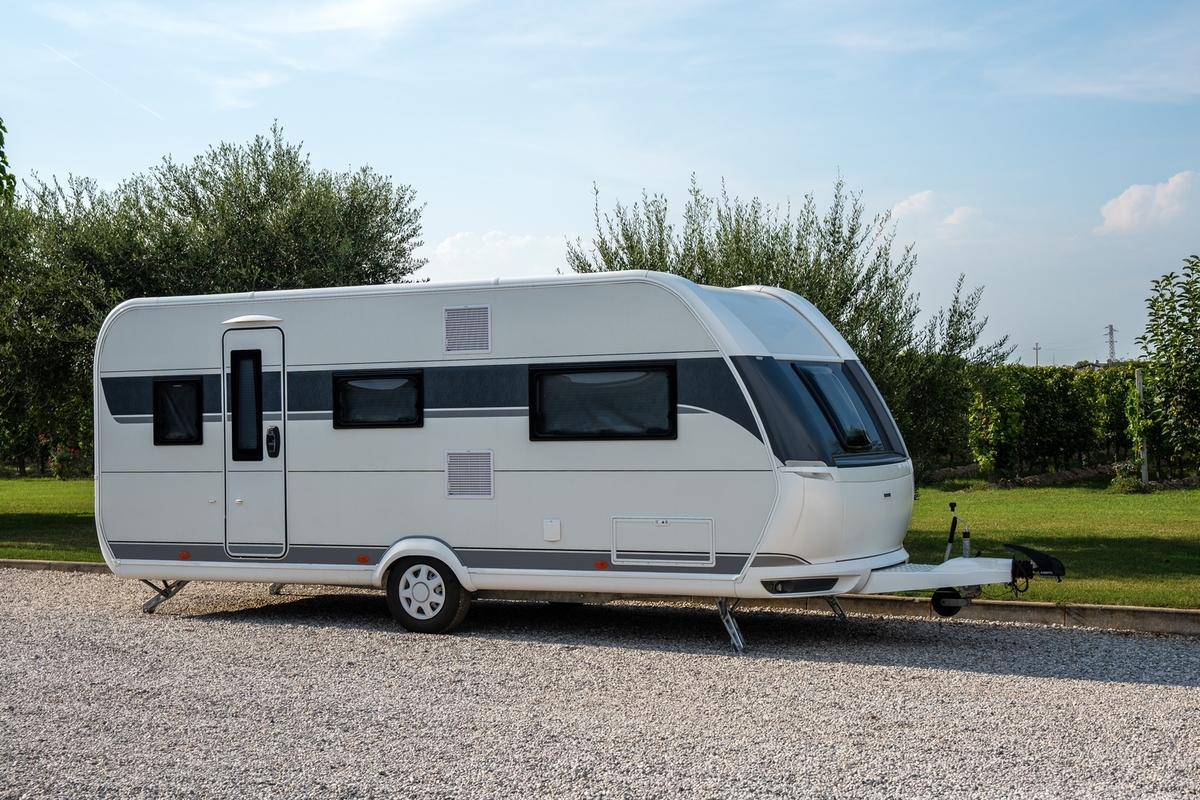
Ultimate Guide to On-Premises RV Expenses Across the United States
In recent years, the popularity of owning or renting recreational vehicles (RVs) has surged among Americans seeking flexible, cost-effective ways to enjoy travel and comfortable living. On-site RVs, often referred to as mobile homes or park models, are increasingly chosen as permanent residences or vacation retreats. This trend is driven by the desire for mobility combined with the convenience of a ready-to-use living space. If you're considering investing in an on-premises RV, understanding the comprehensive costs involved — from initial purchase to ongoing maintenance — is crucial for making informed financial decisions. This guide delves into all necessary aspects to help prospective owners evaluate costs across various regions in the U.S. and plan their budgets effectively.
Whether you’re a seasoned RV enthusiast or new to mobile living, knowing the factors that influence costs can aid in choosing the right type of RV and location. From the purchase price to utilities and insurance, every expense plays a vital role in your overall investment. Read on to discover detailed insights into the expenses associated with on-premises RV ownership and what to expect in different parts of the country.
By the end of this comprehensive overview, you will have a clear understanding of the financial commitments required for owning or renting an on-premises RV, enabling you to make strategic decisions aligned with your lifestyle and budget. Here’s what you need to know:
Understanding On-Premises RVs: What They Are and How They Differ
On-premises RVs, also known as stationary recreational vehicles, are designed to serve as permanent or semi-permanent residences located within designated campgrounds, RV parks, or mobile home communities. Unlike traditional travel trailers or motorhomes built for frequent movement, these units remain parked at fixed locations, often connected to essential utilities such as water, electricity, sewer, and sometimes cable or internet services. The primary appeal of on-premises RVs is the combination of mobility features with home-like comfort, providing a versatile living space that can be more affordable and flexible compared to traditional housing options.
These RVs vary widely in size and amenities but share common features such as built-in plumbing, electrical systems, and sometimes even full kitchens and bathrooms. They cater to different budgets and preferences — from simple, compact units to luxurious park models resembling small houses with high-end finishes. This diversity allows prospective owners to select a model that fits their lifestyle, requirements, and financial capacity.
Initial Investment: What Does It Cost to Own an On-Premises RV in the U.S.?
The upfront cost of buying an on-premises RV depends largely on the type, size, brand, customization level, and delivery requirements. Here’s a detailed breakdown:
1. Types of RVs and Their Purchase Prices
Travel Trailers: These towed units can be used as stationary homes once parked. Their prices typically range from $10,000 to $40,000, depending on size, features, and brand. They are popular among budget-conscious buyers and those seeking a flexible yet affordable living solution.
Park Models: Larger and designed specifically for long-term residential use, these units resemble small houses and generally cost between $30,000 to over $100,000. The higher-end models may include luxury finishes, spacious layouts, and premium appliances.
Fifth-Wheel Trailers: Requiring a special hitch in the truck bed for towing, fifth-wheels are known for their stability and spacious interiors, with prices around $20,000 to $70,000. They are ideal for those who want a combination of mobility and home comfort.
Miniature Homes on Wheels: Trendy and stylish, these units often feature modern designs and high-quality amenities, costing from $50,000 to upward of $150,000 depending on customization and size.
2. Brand Reputation and Custom Features Affect Cost
Opting for premium brands or customizing your RV with high-end appliances, decor, or upgraded fixtures can significantly drive up costs. A fully customized, luxury park model can easily surpass $100,000, whereas basic models with standard features are more budget-friendly. Your choice of manufacturer and additional specifications directly impact the initial investment.
3. Delivery, Setup, and Site Preparation
Transporting and installing your RV is an additional expense that varies depending on distance, site accessibility, and complexity of setup. Typically, costs for delivery and site setup range from $500 to $5,000. This includes transportation fees, leveling, utility hookups, and any necessary foundation work.
Ongoing Expenses: What Costs Are Involved After Purchase?
Owning an on-premises RV involves recurring costs that must be factored into your financial planning. These expenses include lot rent, utilities, maintenance, insurance, property taxes, and depreciation.
1. Lot Rent
Most mobile home parks and RV communities charge monthly lot rental fees. These typically range from $300 to $2,000, influenced by location, size of the lot, and available amenities like swimming pools, clubhouses, or security services. Coastal regions, popular tourist destinations, and high-demand urban fringe areas tend to have higher rents compared to rural or less frequented locales. Some parks may also require a deposit or lease initiation fee.
2. Utilities & Maintenance Costs
Utilities such as water, electricity, sewer, and trash collection can add $100 to $500 per month, depending on usage and local rates. Conducting regular maintenance like HVAC servicing, plumbing inspections, electrical system upkeep, and cleaning can cost approximately $500 to $1,000 annually. Proper upkeep is essential to prolong the lifespan of your RV and maintain comfort standards.
3. Insurance Coverage
Protecting your investment with appropriate insurance typically costs between $200 and $1,000 yearly. Insurance premiums vary based on the RV’s value, coverage limits, and driver or owner’s home insurance policies.
4. Property and Personal Property Taxes
Depending on jurisdiction, mobile homes may be taxed annually. Tax rates range from $100 to $2,000 or more, based on the RV's assessed value and local tax policies. Being aware of these obligations helps in accurate budgeting.
5. Depreciation and Resale Value
Like most vehicles, RVs depreciate over time, usually losing 10–20% of their value annually depending on age, condition, and market demand. Factoring depreciation is important if you plan to resell or upgrade later.
Factors Influencing RV Costs in the U.S.
Several external drives significantly impact overall expenses:
Location: Price fluctuations are common based on geographic area. Popular destinations such as beaches, national parks, and tourist hotspots generally have higher lot rent, utilities, and service costs. Conversely, rural and less-visited regions tend to be more affordable.
Size & Features: Larger models with extensive amenities naturally incur higher purchase prices and maintenance costs. Buyers should balance size preferences with their budget and lifestyle requirements.
Seasonality: Costs can vary depending on seasonality. Peak travel seasons often see increased rental rates, utility charges, and service fees, while off-peak seasons might offer discounts and promotional rates.
Understanding regional variations can significantly influence your overall budget planning. It’s wise to research specific locations and consider long-term costs before committing to a particular area.
Cost Comparison Summary: Typical Expenses for Different RV Types
| RV Type | Purchase Price | Monthly Lot Rent | Utilities Per Month | Annual Insurance |
|---|---|---|---|---|
| Travel Trailer | $10,000 - $40,000 | $300 - $1,500 | $100 - $400 | $200 - $500 |
| Park Model | $30,000 - $100,000+ | $500 - $2,000 | $150 - $500 | $300 - $1,000 |
| Fifth-Wheel | $20,000 - $70,000 | $300 - $1,500 | $100 - $400 | $200 - $500 |
| Mini Homes | $50,000 - $150,000+ | $500 - $2,000 | $150 - $500 | $300 - $1,000 |
Living in an on-premises RV can be a cost-effective alternative to traditional housing, especially in strategic locations. By understanding all expenditure aspects and planning carefully, you can enjoy a comfortable lifestyle without exceeding your budget. Research and thorough financial planning are essential to maximize your investment and ensure a smooth mobile living experience across the United States.
